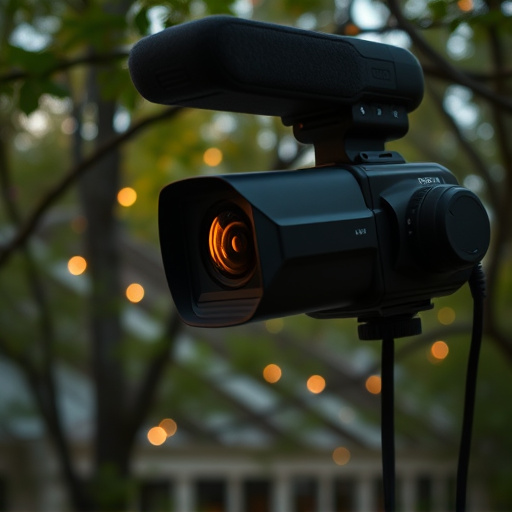Wireless hidden cameras in apartments pose a significant privacy concern. These sophisticated devices, disguised as everyday objects, transmit footage wirelessly without raising suspicion. Identifying them requires close inspection of electrical outlets, switches, and reflectors for signs of tampering using advanced optical sensors and computer vision algorithms that detect unique light patterns. A meticulous process combining technology and human expertise includes initial thorough inspections with specialized equipment and rigorous testing to ensure enhanced security and privacy rights for residents, becoming a critical aspect of modern apartment management practices.
Uncover the unseen threat of wireless hidden cameras in apartments with our comprehensive guide. In an era where privacy is paramount, understanding the science behind light-based identification offers a unique defense mechanism. This article delves into the intricacies of these devices, from their silent operation to the technology employed in detection. We explore practical application and testing methods, empowering tenants with knowledge to safeguard their personal spaces against these discreet yet dangerous surveillance tools.
- Understanding Wireless Hidden Cameras in Apartments
- The Science Behind Light-Based Identification
- Practical Application and Testing Methods
Understanding Wireless Hidden Cameras in Apartments
Wireless hidden cameras in apartments have become a growing concern for tenants and landlords alike. These sophisticated devices, often installed discreetly, utilize wireless technology to transmit footage and data without raising suspicion. They can be found in various forms, from miniature cameras disguised as everyday objects like smoke detectors or light switches to more advanced models built into mirrors or ceiling panels.
Identifying these hidden surveillance tools requires a keen eye for detail and an understanding of modern electronics. Tenants should look for unusual lights or shadows that might indicate the presence of a camera. Regularly checking electrical outlets, switches, and reflectors for any signs of tampering or foreign devices can also help in detecting wireless hidden cameras for apartments. By staying vigilant and staying informed about the latest surveillance technology, residents can protect their privacy and ensure their living spaces remain secure.
The Science Behind Light-Based Identification
The science behind light-based identification leverages advanced optical sensors and computer vision algorithms to detect and analyze patterns of light emission from Wireless Hidden Cameras for Apartments. By studying the unique reflections, refractions, and shadows cast by these concealed devices, specialized software can identify their location and characteristics. This method exploits the fact that every light source interacts with its environment differently, creating a distinct signature that can be recognized even when the camera itself is hidden from direct view.
Researchers in this field employ various techniques, such as analyzing the intensity and distribution of light, identifying specific frequency patterns, and detecting anomalies in illumination, to distinguish between ordinary lights and hidden cameras. The algorithms are trained on vast datasets, allowing them to learn and recognize these subtle differences. This innovative approach promises enhanced security by enabling tenants and property managers to detect Wireless Hidden Cameras for Apartments discreetly and accurately, fostering a safer living environment.
Practical Application and Testing Methods
The practical application of identifying wireless hidden cameras in apartments involves a meticulous process that combines advanced technology and human expertise. Testing methods begin with thorough inspections using specialized equipment, such as thermal imaging cameras and UV lights, designed to detect unusual heat signatures or reflective surfaces indicative of surveillance devices. These tools help identify potential camera locations, guiding further investigation.
Once suspected areas are identified, more rigorous testing is conducted. This includes analyzing electrical fluctuations, which can reveal hidden cameras’ power consumption, and employing radio frequency (RF) detectors to pinpoint wireless signals. By simulating various scenarios, professionals ensure comprehensive coverage, addressing concerns about hidden cameras in apartments and offering peace of mind to residents. Effective testing methods not only enhance security but also uphold privacy rights, making it a critical aspect of modern apartment management practices.
Disguised camera identification using lights represents a significant advancement in countering the prevalence of wireless hidden cameras in apartments. By leveraging the science behind light-based identification, practical application and testing methods have proven effective in detecting these covert devices. As we continue to navigate the challenges posed by evolving technology, further research and adoption of such innovative solutions will be crucial in ensuring tenant privacy and security in residential spaces. Understanding and implementing these methods can significantly reduce the presence of wireless hidden cameras, fostering a safer and more trustworthy environment for apartment dwellers.
